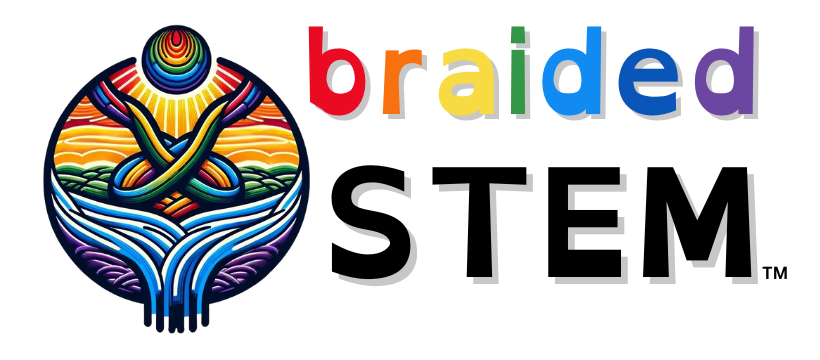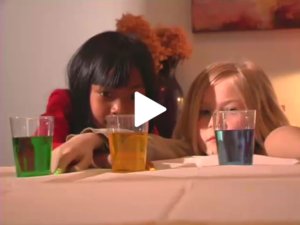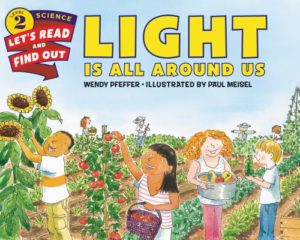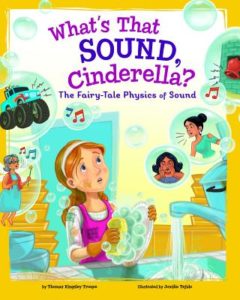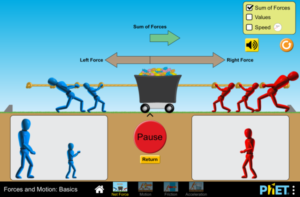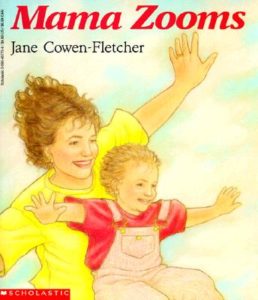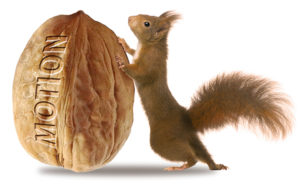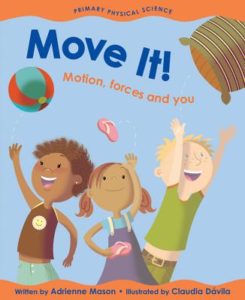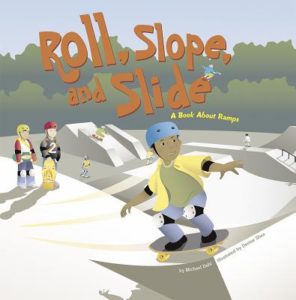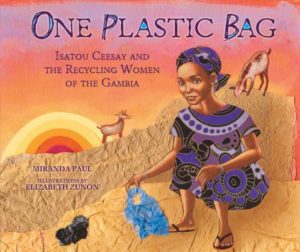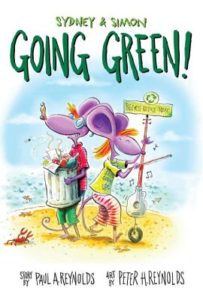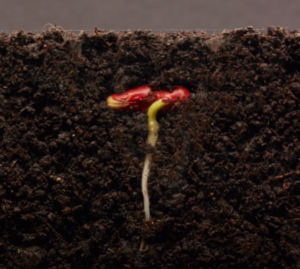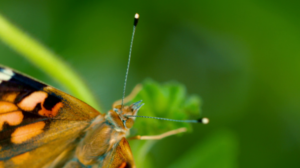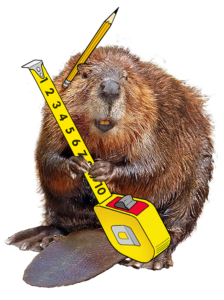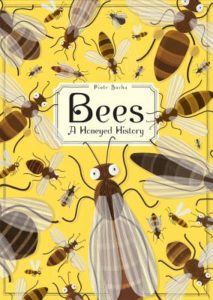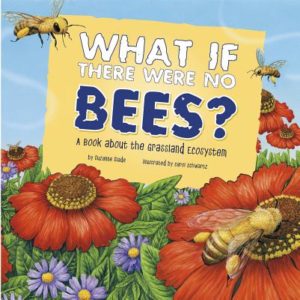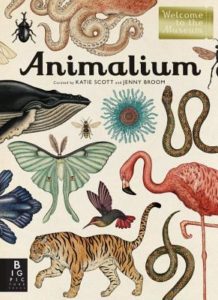1st Grade AzSS-Aligned Resources
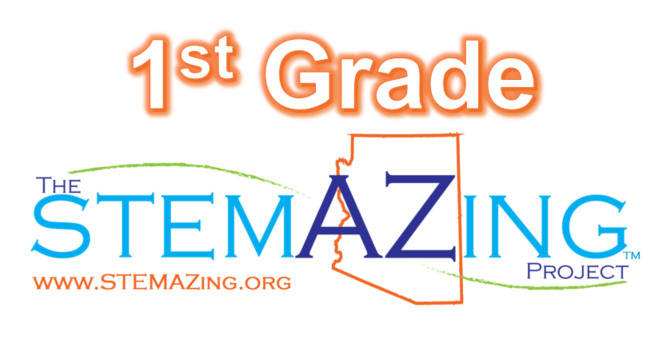
Lessons, videos, storylines, phenomena, and more all curated by The STEMAZing Project to link directly to 2018 Arizona Science Standards.
- 1.P2U1.1 (NGSS-S: 1-PS4-3) Plan and carry out investigations demonstrating the effect of placing objects made with different materials in the path of a beam of light and predict how objects with similar properties will affect the beam of light.
- 1.P2U1.2 (NGSS-P: 1-PS4-1) Use models to provide evidence that vibrating matter creates sound and sound can make matter vibrate.
- 1.P3U1.3 (NGSS-P: K-PS2-1) Plan and carry out investigations which demonstrate how equal forces can balance objects and how unequal forces can push, pull, or twist objects, making them change their speed, direction, or shape.
- 1.P4U2.4 (NGSS-NC) Design and evaluate ways to increase or reduce heat from friction between two objects.
- 1.E1U1.5 (NGSS-P: K-ESS3-1) Obtain, evaluate, and communicate information about the properties of Earth materials and investigate how humans use natural resources in everyday life.
- 1.L1U1.6 (NGSS-NC) Observe, describe, and predict life cycles of animals and plants.
- 1.L2U2.7 (NGSS-P: K-ESS3-1) Develop and use models about how living things use resources to grow and survive; design and evaluate habitats for organisms using earth materials.
- 1.L2U1.8 (NGSS-NC) Construct an explanation describing how organisms obtain resources from the environment including materials that are used again by other organisms.
- 1.L3U1.9 (NGSS-S: 1-LS3-1) Obtain, evaluate, and communicate information to support an evidence-based explanation that plants and animals produce offspring of the same kind, but offspring are generally not identical to each other or their parents.
- 1.L4U1.10 (NGSS-NC) Develop a model to describe how animals and plants are classified into groups and subgroups according to their similarities.
- 1.L4U3.11 (NGSS-NC) Ask questions and explain how factors can cause species to go extinct.
- Other 1st Grade Resources
1.P2U1.1 (NGSS-S: 1-PS4-3) Plan and carry out investigations demonstrating the effect of placing objects made with different materials in the path of a beam of light and predict how objects with similar properties will affect the beam of light.
1.P2U1.2 (NGSS-P: 1-PS4-1) Use models to provide evidence that vibrating matter creates sound and sound can make matter vibrate.
1.P3U1.3 (NGSS-P: K-PS2-1) Plan and carry out investigations which demonstrate how equal forces can balance objects and how unequal forces can push, pull, or twist objects, making them change their speed, direction, or shape.
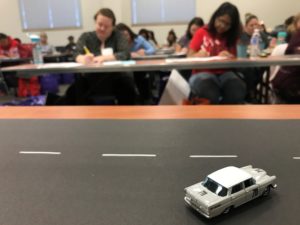
Matchbox Car PQRST
This powerful lesson will not only teach students how to identify variables, design a scientific experiment, collect data, make a CER (claim, evidence, and reasoning) based on their experiment, and continue thinking in questions, it ...

Matchbox Car PQRST
This powerful lesson will not only teach students how to identify variables, design a scientific experiment, collect data, make a CER (claim, evidence, and reasoning) based on their experiment, and continue thinking in questions, it ...
1.P4U2.4 (NGSS-NC) Design and evaluate ways to increase or reduce heat from friction between two objects.
1.E1U1.5 (NGSS-P: K-ESS3-1) Obtain, evaluate, and communicate information about the properties of Earth materials and investigate how humans use natural resources in everyday life.
1.L1U1.6 (NGSS-NC) Observe, describe, and predict life cycles of animals and plants.
1.L2U2.7 (NGSS-P: K-ESS3-1) Develop and use models about how living things use resources to grow and survive; design and evaluate habitats for organisms using earth materials.
1.L2U1.8 (NGSS-NC) Construct an explanation describing how organisms obtain resources from the environment including materials that are used again by other organisms.
1.L3U1.9 (NGSS-S: 1-LS3-1) Obtain, evaluate, and communicate information to support an evidence-based explanation that plants and animals produce offspring of the same kind, but offspring are generally not identical to each other or their parents.

Phenomena for AzSS 1.L3U1.9 from Wonder of Science
1.L3U1.9 (NGSS-S: 1-LS3-1) - Phenomena for use with this standard as cross-referenced to NGSS from the Wonder of Science ...

Phenomena for AzSS 1.L3U1.9 from Wonder of Science
1.L3U1.9 (NGSS-S: 1-LS3-1) - Phenomena for use with this standard as cross-referenced to NGSS from the Wonder of Science ...
1.L4U1.10 (NGSS-NC) Develop a model to describe how animals and plants are classified into groups and subgroups according to their similarities.
1.L4U3.11 (NGSS-NC) Ask questions and explain how factors can cause species to go extinct.
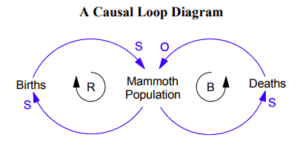
The Mammoth Game from Creative Learning Exchange
In this activity, teams of students play a dice and graphing game to track the population growth and decline of a herd of twenty mammoths. By changing variables and probabilities with the dice, students can ...

The Mammoth Game from Creative Learning Exchange
In this activity, teams of students play a dice and graphing game to track the population growth and decline of a herd of twenty mammoths. By changing variables and probabilities with the dice, students can ...
Other 1st Grade Resources

1st Grade AzSS vs NGSS Planning Guide
Great for cross-referencing the Arizona Science Standards to the Next Generation Science Standards (NGSS) when looking for resources from collections aligned to NGSS. S = strong alignment (same science and engineering practice, same content). P ...

1st Grade AzSS vs NGSS Planning Guide
Great for cross-referencing the Arizona Science Standards to the Next Generation Science Standards (NGSS) when looking for resources from collections aligned to NGSS. S = strong alignment (same science and engineering practice, same content). P ...
